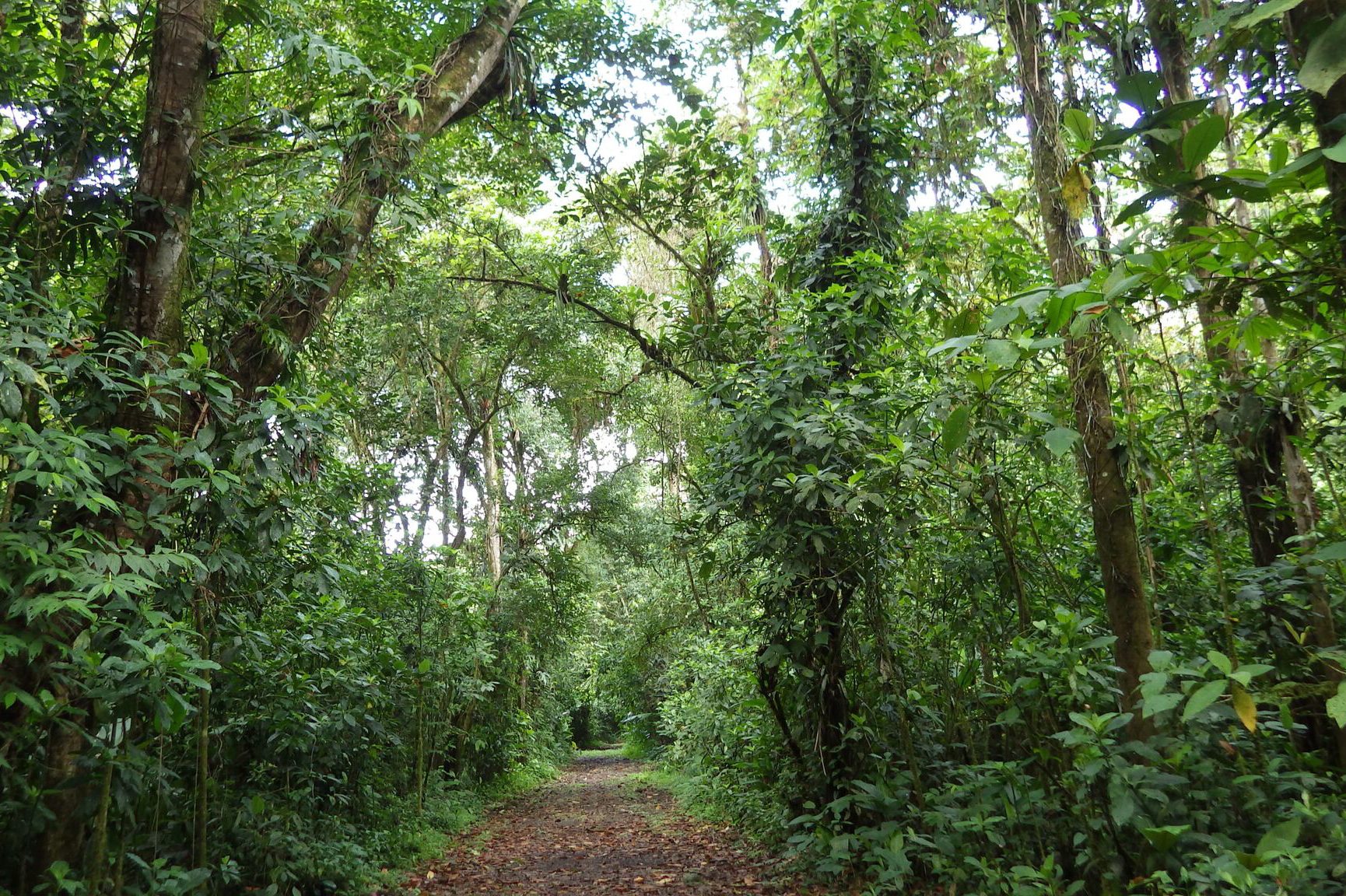Tropical forests are threatened by high levels of deforestation, mostly driven by agricultural expansion. But, once agricultural fields are abandoned, they tend to naturally regrow, leading researchers to ask whether that process reverses species loss and brings native species back.
An international team of ecologists inventoried trees in 1,800 tropical forest plots located in 56 sites across 10 countries in Latin America, and found that forests recover growth in a few decades, but that it may take centuries before the abundance of the species present returns to the what is found in old-growth forests. Secondary forests now make up as much as 28 percent of the land area in Latin America.
Tree species found in regrowing forests are usually different from those in neighboring old-growth forest, according to the paper published in Science Advances. After 20 years of regrowth, only 34 percent of the original species composition recovered.
Researchers used plot data from secondary forests of different ages and compared it to neighboring, well-conserved, old-growth forests. The team included UConn professor emerita of ecology and evolutionary biology Robin Chazdon, and colleagues across Europe and Latin America.
“It is great news that natural regeneration can restore tree biodiversity relatively fast,” says Chazdon. “However, targeted restoration actions for the introduction of typical old-growth species, as well as the conservation of old-growth forests, may be necessary to guarantee long-term conservation of tropical tree species.”
This study has direct implications for forest restoration policies and practice. Natural forest regeneration has typically been viewed as an ecologically sound way to restore large areas of forest at lower costs compared to active tree plantings.
Natural forest regeneration may therefore be the ideal method to meet the goal to restore 350 million hectares of forest in 2030, as set under the Bonn Challenge.
But tropical forests, home to more than 53,000 tree species, account for 96 percent of the global tree diversity.
“While young secondary forests contribute importantly to biodiversity conservation in these modified landscapes, they do not contain many of the species found in well-conserved forests,” says co-author Lourens Poorter, leader of the 2ndFOR network. “Both secondary and old-growth forests must be preserved to guarantee biodiversity conservation in human-modified landscapes.”
Chazdon stresses that both secondary and old-growth forests are important for conserving biodiversity and providing resources for wildlife. Lead author Danaë Rozendaal, from Wageningen University in the Netherlands, agrees.
“We were impressed to find that it takes only five decades, on average, to recover the total number of species found in well-conserved old-growth forests, and that within only 20 years, already 80 percent of the number of species is present,” says Rozendaal. “This emphasizes the importance of secondary forests for biodiversity conservation in human-modified tropical landscapes.”
To learn more about Chazdon’s efforts to restore forests world-wide, follow her on the People and Reforestation in the Tropics Network for Education Research and Synthesis (PARTNERS) website and blog.
Chazdon’s work was supported by: NSF DEB: 1147429; NSF DEB 0639393.
For more information, contact Robin Chazdon at robin.chazdon@uconn.edu;
Danaë Rozendaal +31 317 485321 danae.rozendaal@wur.nl
Lourens Poorter +31 317 486216 lourens.poorter@wur.nl



